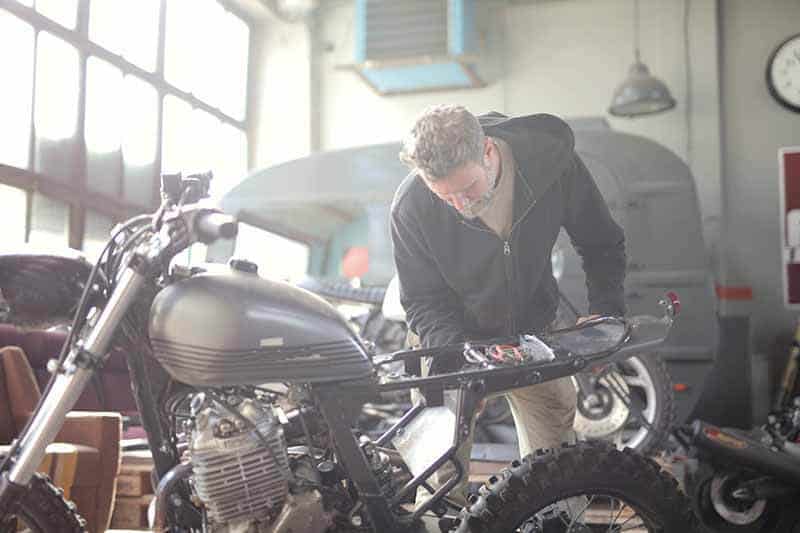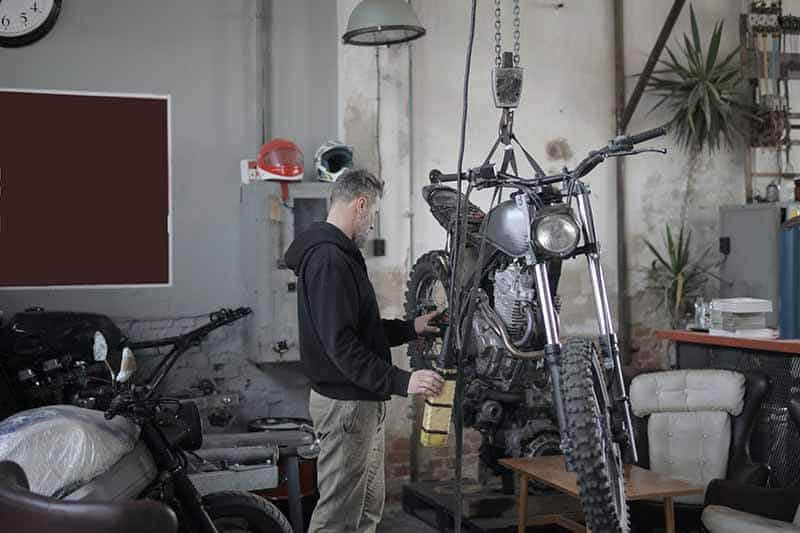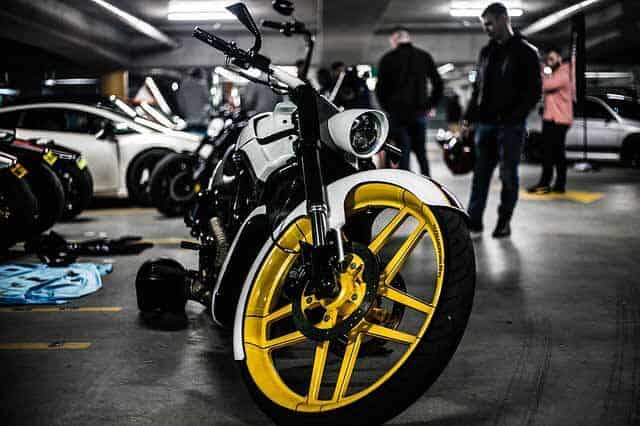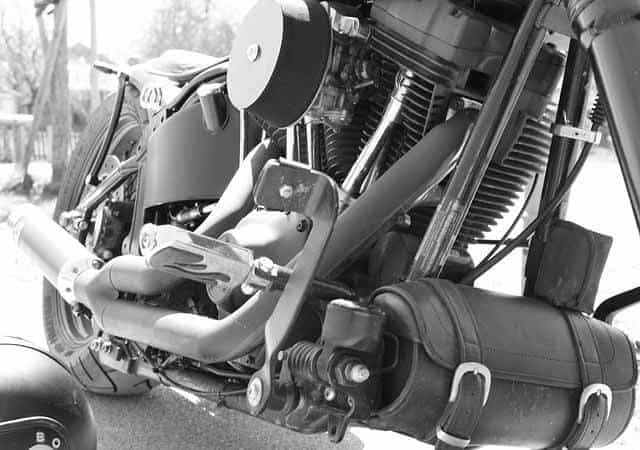Motorcycles are quick, agile, versatile, lightweight and there aren’t too many downsides to riding a motorcycle for speed and performance. But one disadvantage is not being able to carry many tools or supplies in the event of a mechanical breakdown.
While car drivers are probably equally frustrated when their car breaks down, most have a spare tire, a couple of essential tools, and maybe some oil and anti-freeze in the trunk to at least give themselves a chance at getting back on the road quickly.
Unfortunately, most bike riders don’t have this luxury, with storage space at a premium on a bike. The result is they may be left stranded on the side of the road when something goes wrong.
To minimize the chances of this happening on your next ride, we recommend working through a pre-ride checklist to ensure everything is in order.
What to Check on a Motorcycle Before Riding?
The Motorcycle Safety Foundation (MSF) advises riders to check six areas of their bike before riding:
- Tires and wheels
- Controls
- Lights and electrics
- Oil and other fluids
- Chassis
- Stands
This is easily remembered using the acronym T-CLOCS. For those new to riding, they offer a course to familiarize new riders with the different parts of a motorcycle. The course includes the pre-ride checklist and putting it into practice.
Going through a pre-ride checklist takes very little time and for those that are not familiar with motorcycles, it is a great way to familiarize yourself with the different components.
The pre-ride checklist also has another purpose, as riders become more familiar with their bikes it will help them pick up what could become issues prior to them actually becoming a problem.
In the long run, this will save them both time and money. It will also prevent wear and tear on other parts of the bike that are put under increased stress when there is a problem.
1. Tires and Wheels
First up, give the tires the quick once over. Ensure that they are in good condition, and nothing is embedded in them that might cause a problem down the line. If there are any bulges, make sure you get them checked out as they can cause the tire to blow out while you are riding.
It is also worthwhile checking the tire pressure to ensure they have sufficient air in them. The best time to do this is when the tires are cold, so pre-ride is the perfect opportunity.
Most bikes no longer have spoked wheels but if your bike does, make sure to check each spoke is present and accounted for, and there are no loose spokes. This is important as failure to do so can lead to a warped wheel.
Check the wheel bearings are in place and there is no grease leaking from behind the seals. Give the wheels a quick spin to make sure they are running freely, and there is no play (or side to side movement) at the wheel bearings.
Lastly, give the brakes the once over. Make sure they are working properly and there is no excessive wear and tear on the brake pads.
2. Controls
There are several things to check relating to the controls:
- Check hand grips are in the right place and the handlebars moving freely.
- Give the throttle a quick rev and ensure it isn’t sticking or revving as the handlebars are turned.
- Check the clutch is moving freely.
- Ensure there are no kinks or pinches in the hoses or cables.
3. Lights and Electrics
Test the indicators, brake lights, and headlight are all in working order and they are of sufficient brightness to ensure you are seen. This is also an excellent time to have a quick look at the battery.
You won’t go far without it, so make sure it is in good condition, the electrolyte levels correct, and the battery terminals nice and clean from any build-up. Finally, make sure the battery is free from corrosion.
4. Oil and Other Fluids
There are a few oils and fluids to check, including:
- Oil
- Hydraulic fluid
- Brake fluid
- Transmission fluid
While doing this, give the gaskets, seals, and hoses the quick once over to ensure no issues are brewing. Last but not least, check the gas gauge to make sure you’ve got enough fuel to get to wherever you are headed.
The last thing any motorist, car, and bike alike want to do is run out of gas, especially on the freeway in rush hour traffic if you use your bike for the daily commute.
5. Chassis
The chassis check covers almost everything else that hasn’t been checked. It includes checking the accessory mounts for damage that might make them insecure and checking the gusset for cracks.
Next, make sure you push or pull the swing arms and forks to test the bearings and brushes to ensure they are working as they should be.
Lastly, give the chain or belt a good look to make sure the tension is correct. With a chain, check the teeth are engaging, and it is properly lubricated.
6. Stands
Last but not least, check the stand. The last thing you need is a well-performing bike and then having the stand fail when you get to your destination. You should be looking for any cracks or bends.
It is important to make sure it is centered and that the springs have sufficient tension to keep the bike standing upright.
Although not part of the checklist, it is also worth checking that your bike will be legal while riding it. If there’s a sure-fire way to ruin your day, it’s getting pulled up by the police and copping an infringement notice.
It is a legal requirement that your motorcycle has a number plate correctly displayed and not obscured. In some states, you will also need a registration sticker.
This has to be placed correctly, so check with your state authority to determine the rules if you do not already know them. Make sure they are in place before embarking on any ride.
There are several different checklists available on the internet. While this list doesn’t have everything that some others do, it has the important things that are most likely to give you grief on your coming ride.
A pre-ride list should be limited to the important thing, our experience is anything too complex, and it all goes out the window the first time you are running late. After your ride is a good time to look at some of the other checks if you have got a bit of time on your hands.
Completed your pre-ride check? Good, now get out on the highway. These are some tips for you when traveling and adventure on motorcycles.
Information for this article was partially sourced and researched from the following authoritative Government, educational, corporate, and nonprofit organizations:
Motorcycle Safety Foundation (MSF)
L




